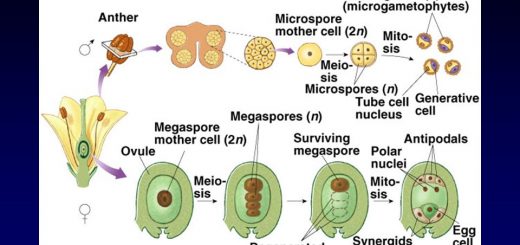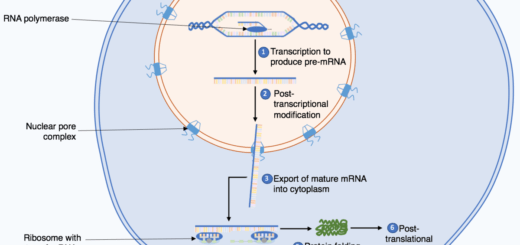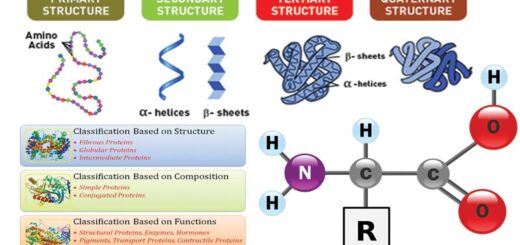Third to eight weeks (Embryonic period), Embryo Folding and Results of folding
Human embryogenesis is the development & formation of the human embryo. It is known as Human embryonic development, and it entails growth from a one-celled zygote to an adult human being. Fertilisation takes place when the sperm cell enters and fuses with an egg cell (ovum). Embryonic development covers the first eight weeks of development; at the beginning of the ninth week, the embryo is termed a fetus.
Third to eight weeks (Embryonic period)
Differentiation of the secondary mesoderm:
1. Axial mesoderm in the midline, It is formed of the following structures arranged in a craniocaudal direction:
- Septum transversum
- Cardiogenic plate
- Notochord
- Primitive node
- Primitive streak
The axial mesoderm is absent in the followings:
- Buccopharyngeal membrane (it is a defect of axial mesoderm, but lies in the midline between the cardiogenic plate and the notochord).
- Cloacal membrane (it is a defect of axial mesoderm, but lies at the caudal end of the midline).
2. The paraxial mesoderm:
- It is the medial part on either side of the midline.
- It is divided by transverse grooves into blocks called somites (4 occipital, 8 cervical, 12 thoracics, 5 lumbar, 5 sacral, and 8-10 coccygeal).
- The somites give the vertebrae, vertebral muscles, and covering skin.
3. The intermediate cell mass (or nephrogenic cord) lies on either side of the paraxial mesoderm. It gives rise to most of the urinary and genital systems.
4. The lateral plate of mesoderm:
lies lateral to the intermediate cell mass on either sides. A cavity appears in the lateral plate of the mesoderm called the intraembryonic coelom. This coelom splits the lateral plate of mesoderm into two layers, the somatic and splanchnic layers.
- The somatic layer gives the muscles of the body wall.
- The splanchnic layer is adherent to the endoderm. It gives the smooth or involuntary muscles (heart, bronchial tree & gut).
Folding of the embryo
Folding of the embryo means the conversion of the flat trilaminar embryonic disc into a cylindrical embryo. It begins by the end of the 3rd week. It is completed by the 4th week. There are two types of folding:
1. Cephalocaudal folding (head fold & tail fold): It is caused by the rapid longitudinal growth of the central nervous system.
A. The head fold:
Before folding: the following structures are present in the midline of the embryo arranged in a craniocaudal direction:
- Septum transversum (future central tendon of the diaphragm)
- cardiogenic plate (future heart) and the pericardial cavity lies dorsal to the cardiogenic plate.
- Oral membrane (future mouth opening).
Early in folding at the beginning of the 4th week, the oral membrane shifted ventrally and the cardiogenic plate shifted ventral to the oral membrane and the septum transversum lies ventral to the cardiogenic plate.
Late in folding:
The following structures lie ventral to the embryo and arranged in a craniocaudal order:
- Oral membrane.
- Cardiogenic plate.
- Septum transversum.
Part of the endodermal yolk sac is enclosed in the cranial part of the embryo it is called the foregut.
B. Tail fold:
Before folding: The allantois is a pouch from the caudal part of the yolk sac. The yolk sac lies ventral to the endodermal layer of the embryonic disc. The cloacal membrane lies in the caudal part of the embryo.
After folding: The allantois and the cloacal membrane shifted ventrally to the embryo. Part of the yolk sac is incorporated in the caudal part of the embryo forming the hindgut. The terminal part of the hindgut dilates to form the cloaca (future urinary bladder and rectum).
2. Lateral folding (right and left folds)
It is due to the rapid growth of the somite (paraxial intraembryonic mesoderm). Lateral folding leads to the formation of midgut connected to the extraembryonic yolk sac by the vitellointestinal duct or yolk stalk. The amniotic cavity increases in size at the expense of the extraembryonic coelom. The amniotic cavity lies dorsal to the embryo before folding.
After folding it lies cranial, dorsal, caudal, and ventral to the embryo. at late stage of folding the amniotic membrane covers the umbilical cord. The extraembryonic coelom is obliterated by the increasing amniotic cavity, so the somatopleuric primary mesoderm lines the amniotic sac fuses with that line the interior of the chorion.
Results of folding
- It gives the embryo its cylindrical form.
- Incorporation of part of the yolk sac into the embryo to form the gut which is connected to the extraembryonic yolk sac by the vitellointestinal duct (yolk stalk).
- As a result of the formation of the head fold: The buccopharyngeal membrane, heart & septum transversum become ventral in position and arranged in a craniocaudal order.
- As a result of formation of the tail fold: The cloacal membrane and allantois become ventral in position.
- The umbilical cord is formed.
- The connecting stalk is shifted ventrally. The connecting stalk is a mass of somatopleuric primary mesoderm formed of reflection of somatopleuric primary mesoderm lines the amnion on that lines the chorion. early it lies dorsal to the embryo then caudal, after folding it is shifted ventral to the embryo.
- The allantois (a diverticulum from the hindgut) becomes ventral instead of dorsal.
Reproduction in Humans, Structure of Male & Female reproductive (genital) system
Productive organs, Germ cells, Fertilization, Stages of cleavage, Implantation & Decidua
Second & third week of Embryonic development, Chorion & types of Chorionic villi
Fetal membrane layers, Chorion, Amnion, Yolk sac & umbilical cord
Placenta types, structure, function, development & abnormalities



